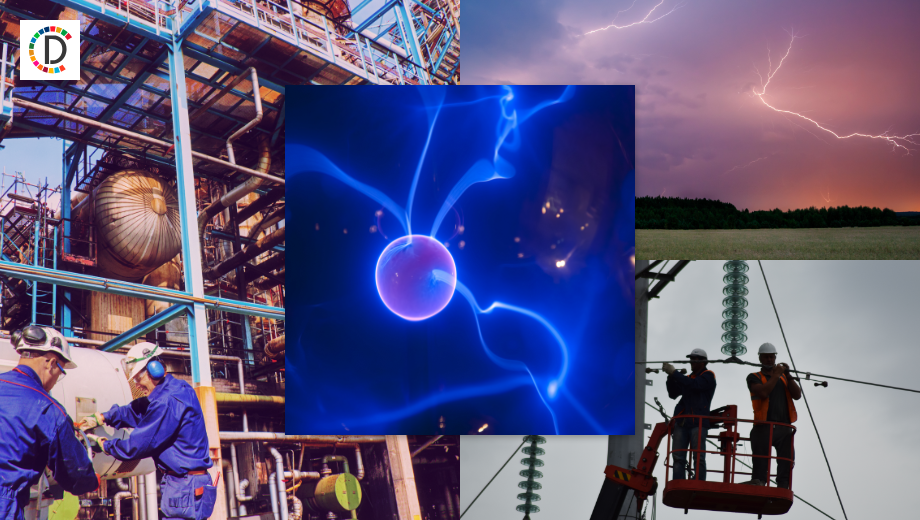First congressional hearing on Maui wildfire focuses on island's sole electric provider and grid
ask the hard questions, he said.Those testifying were Hawaiian Electric CEO Shelee Kimura, Hawaii Public Utilities Commission Chair Leodoloff Asuncion Jr. and Hawaii Chief Energy Officer Mark Glick.Asked to address whether the electrical grid in Lahaina was safe and properly maintained, Kimura told the committee that 2,000 of the companys wooden power poles had not been tested or treated for possible termites, rot or other problems since 2013.

- Country:
- India
Hawaii's top public utility officials and the president of Hawaiian Electric testified Thursday in a congressional hearing about the role the electrical grid played in last month's deadly Maui wildfire.
Members of a US House Energy and Commerce subcommittee question the utility officials about how the deadliest US wildfire in more than a century began — and whether the electrical grid in Lahaina was safe and properly maintained.
The fire killed at least 97 people and destroyed more than 2,000 buildings, mostly homes. It first erupted at 6:30 a.m. on August 8, when strong winds appeared to cause a Hawaiian Electric power line to fall, igniting dry brush and grass near a large subdivision.
There is still much to sort out about the fire, Rep. Morgan Griffith R-Virginia said at the hearing's start. Among questions that need to be answered are how the fires spread and what efforts to reduce fire risk have been made in recent years.
"It is extremely important that we ... ask the hard questions," he said.
Those testifying were Hawaiian Electric CEO Shelee Kimura, Hawaii Public Utilities Commission Chair Leodoloff Asuncion Jr. and Hawaii Chief Energy Officer Mark Glick.
Asked to address whether the electrical grid in Lahaina was safe and properly maintained, Kimura told the committee that 2,000 of the company's wooden power poles had not been tested or treated for possible termites, rot or other problems since 2013. The other 29,000 poles on the island had been assessed under Hawaiian Electric's "test and treat" programme, she said, but the remaining 2,000 had not yet been done.
Kimura said she didn't know exactly where those untested poles were located or if they were in the area of the Lahaina fire. But at least one pole near where the fire started was tested and treated in 2022, she said.
Both Kimura and Asuncion addressed the possibility of burying power lines underground to reduce the risk of wildfires, especially in high-wind conditions. About 50% of the power lines in Hawaii are now underground, Kimura said. However, Asuncion said burying power lines can be cost-prohibitive, and has a big impact on rate-payers.
"I get that," Rep. Michael Burgess, R-Texas, responded. "But sometimes the cost of doing nothing gets to be prohibitive too." Griffith, Energy and Commerce Committee chair Rep. Cathy McMorris Rodgers and Energy, Climate and Grid Security Subcommittee chair Rep. Jeff Duncan — all Republicans — questioned Kimura, Asuncion and Glick about the cause of the fire in a letter sent August 30.
The letter included 10 questions about the sequence of events on the day of the fire, efforts to mitigate fire risks posed by the electrical grid, the fire investigation and other issues.
In written testimony provided to the committee before the hearing, Kimura focused on the challenges of providing electricity on an isolated island chain, and her feelings of responsibility and connection with the people of Hawaii. Hawaiian Electric serves about 70,000 customers on Maui and nearly half a million customers statewide, including the Department of Defence, which is its largest customer.
Kimura has acknowledged that Hawaiian Electric's downed lines caused the initial fire, but she wrote that the fire department said it extinguished that blaze and that the lines had been de-energized for more than six hours when the fire flared up in the same area again. She called the 3 p.m. blaze the "Afternoon Fire," implying it was separate from the morning blaze.
"The cause of this Afternoon Fire that devastated Lahaina has not been determined," she wrote. "We are working tirelessly to figure out what happened, and we are cooperating fully with federal and state investigators." Whether the lines were fully de-energised — meaning they were not transmitting any electrical voltage — might still be in question, however. At least one Lahaina resident told The Associated Press that their power came back on around 2 p.m., and Maui Police Chief John Pelletier has said that his officers were trying to keep people from driving over live power lines later that afternoon as residents fled the burning town.
Hawaii has only two electric utilities: Hawaiian Electric, which is the sole provider for Maui, and Kauai Island Utility Cooperative.
Residential electricity in Maui costs about 43 cents per kilowatt-hour — three times the national average, with the average monthly bill reaching about USD 216 in 2022.
Rep. Frank Pallone, a Democrat from New Jersey, warned that if Congress does not act soon that the federal government will shut down and leave residents of Hawaii without the financial assistance needed to cope with the crisis. Scores of people were left without homes and jobs following the fire.
Pallone said a "reckless government shutdown, which we know is imminent," would dramatically slow Maui's recovery effort.
(This story has not been edited by Devdiscourse staff and is auto-generated from a syndicated feed.)
- READ MORE ON:
- US House Energy and Commerce
- Republicans
- Shelee Kimura
- Texas
- John Pelletier
- Lahaina
- Congress
- Cathy McMorris Rodgers
- Morgan Griffith
- Maui
- this Afternoon Fire
- Kimura and Asuncion
- Utilities Commission Chair
- The Associated Press
- Glick
- Democrat
- Jeff Duncan
- Asuncion
- Hawaiian Electric's
- Griffith










